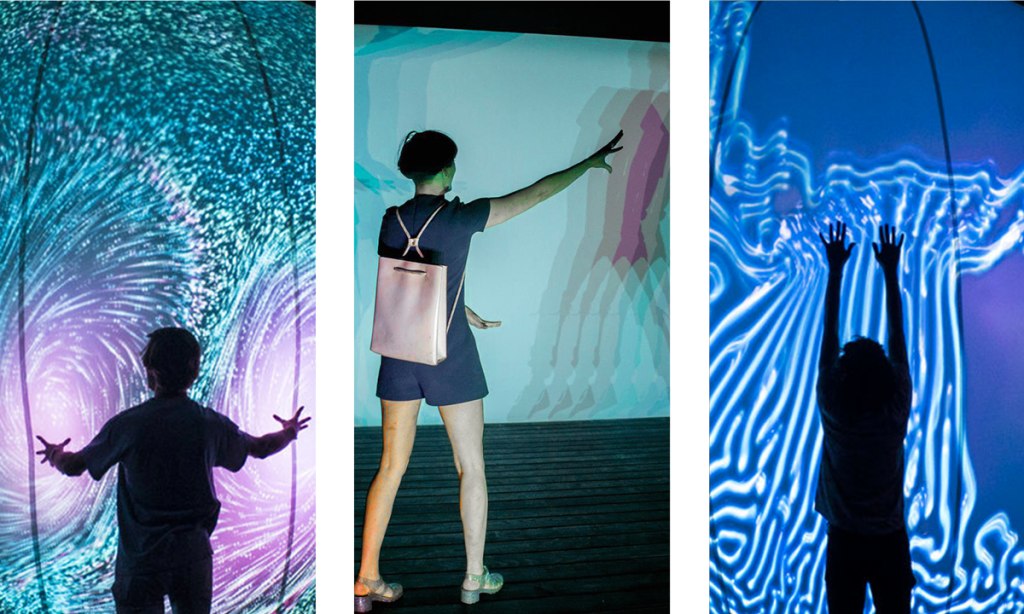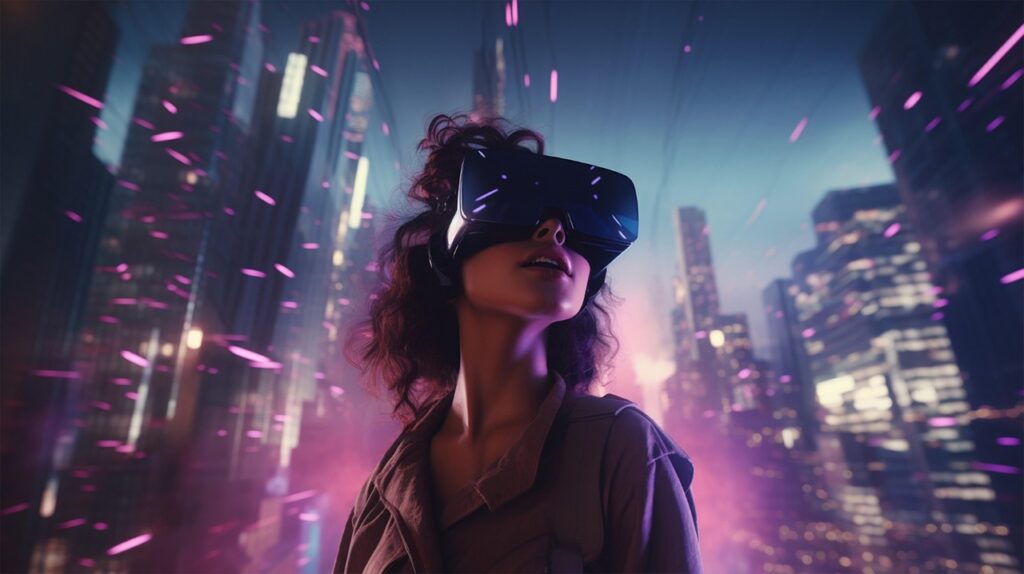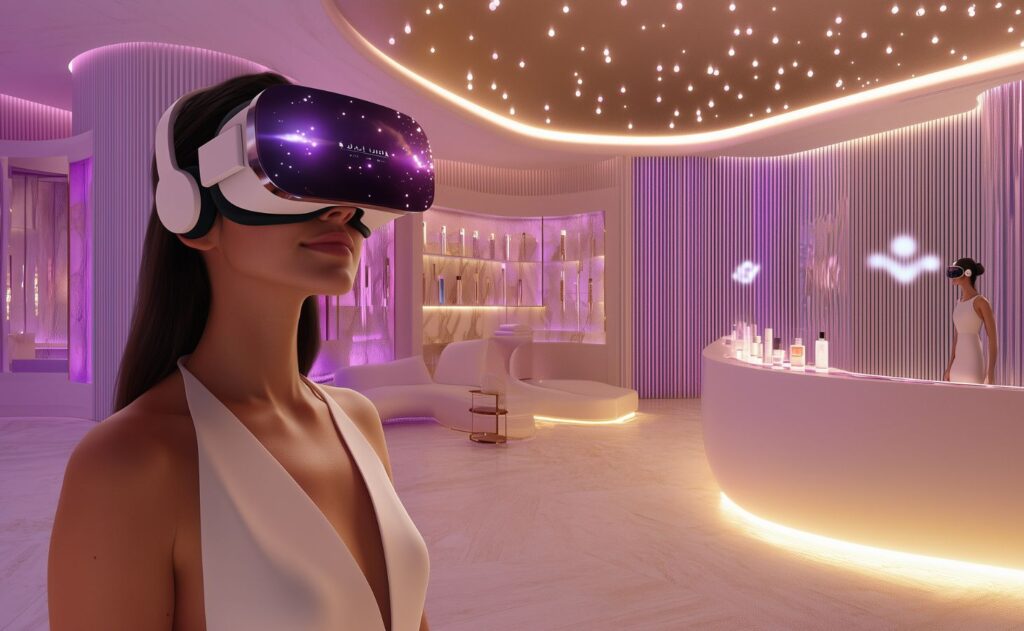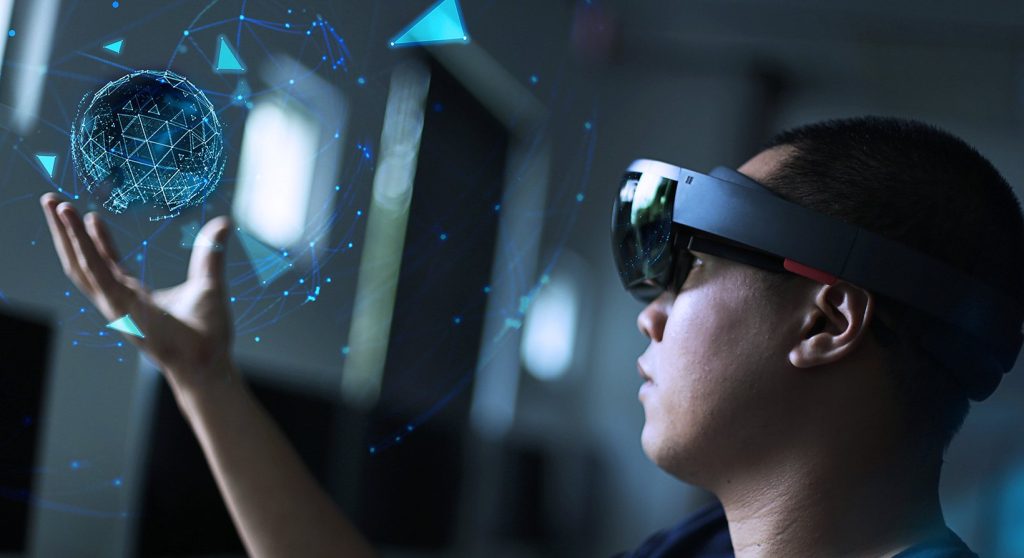The past year has seen some incredible changes in the way we interact with brands and products. We’ve gotten so used to relying on technology and shopping online that most of us are not running back to stores unless there is some incentive. This is a problem for many businesses that have been suffering since early 2020.
However, this is also an incredible opportunity to innovate and present customers with something unique.
Introducing: Interactive Screens, an immersive solution for almost every industry. Keep reading to find out what interactive screens really are, how businesses are able to implement them into their marketing strategies and which industries are the most relevant for this captivating technology.
What are Interactive Screens?
Interactive Screens can go by many names: digital displays, smart mirrors, interactive walls, kinect screens, interactive displays etc. When we talk about interactive screens we mean a large display, either projected or created from one or more screens, that responds to the movement of users in some way.

Imagine a regular advertisement in a shopping mall. As you walk by, you may or may not passively glance at the screen. Now imagine that as you walk by, the advertisement begins to change. You glance over. As you lift your right arm, flowers begin sprouting from the top of the words. You lift your left arm and water begins filling the screen. You stand and experiment with different movements as you interact with the different elements on the screen. This is the power of interactive screen technology!
Curious how to implement Interactive Screens in your business? Click here.
How can businesses use Interactive Screens?
Interactive technology can have a powerful impact on how brands, businesses and providers speak to their customers.
Smart mirrors are installed in order to immerse customers in the experience of shopping and provide an extra incentive to visit brick-and-mortar stores. This technology offers a broad space for creativity and can be used as a marketing tool with interactive ads that play during inactivity, superior metrics and tailored experiences.

Interactive installations can appear at festivals to entice audiences to interact and share information about the event on social media. In shopping malls, large interactive installations engage visitors in a way that keeps them coming back for more.
Museums and galleries are most widely known for using this interactive technology as their industry already looks for unique and creative ways to engage visitors.
What are the benefits and features of Interactive Screens?
People love to feel included and in control. When customers and visitors are allowed to control some aspect of an advertisement, exhibit or installation, they immediately connect with the experience on a much deeper level than with passive forms of marketing or art. Interactive Screens – including large installations, in-store smart mirrors and interactive advertisements – have the ability to capture and hold the attention of customers much longer than traditional methods of engagement.

Interactive screens include a wide variety of features that can be tailored to your specific needs as a business or brand. Smart mirrors include limitless integration and personalization options, including targeted advertising, shopping assistance and interactive points that inform users about new products. Interactive store-front screens replace mannequins to catch the attention of visitors with colors, music and games and pull them into your store. Interactive murals and displays enhance visitor experience at museums, exhibits, festivals and shopping centers by allowing visitors to control aspects of the screen with their bodies. Did we mention these displays can be installed on the walls, floors and ceiling?
Contact Us to see how Interactive Screens can work for you!
Who can use Interactive screens?
Interactive screens provide integration without boundaries and are therefore applicable in almost any industry. In retail, this technology can serve as an in-store experience for customers as well as a store-front attention grabber. Customers can play games to win coupons or dance or try on different styles of clothing and accessories.
Airports and train stations can provide travelers with fun interactive experiences while they wait for their trips. Interactive technology can also be used to provide informative messages and advertisements while visitors pass the time. Museums and galleries can implement interactive screens at different points of their exhibits to teach, engage or simply entertain their guests. Thought-provoking interactive experiences provide users with unique ways of experiencing art and culture.

Shopping malls are able to integrate much larger-scale displays. These interactive screens can act as advertisements for the latest products or just exciting experiences that customers can control with their movement. They can provide info or entice users to share and connect on social media.

Interactive screens are the latest technology being used to entice customers and visitors to return. Brands, businesses and spaces can personalize these displays in any way they want, based on their goals. We hope to see more and more businesses integrating this powerful technology very soon!
Check out our other projects here!
👋 get in touch
By clicking the “send” button, I agree to the collection and processing of my personal data as described in the Privacy Policy.




